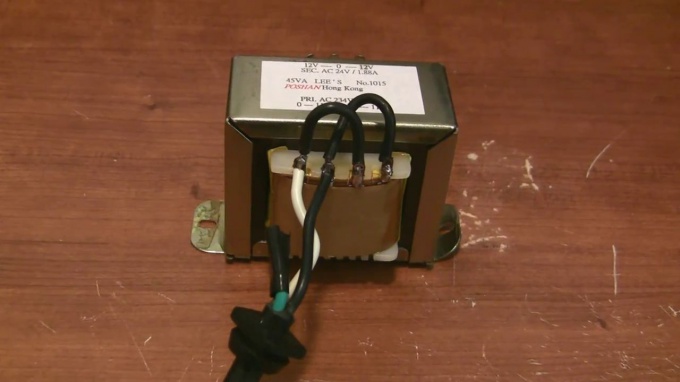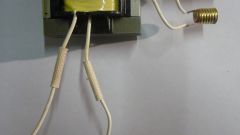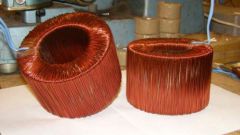Instruction
1
Decide before you start the calculation with the output of the future device. The transformer consists of a magnetic core (core), primary (mains) and secondary windings. An important feature in the calculation of the transformer is the choice of the core. The best option is the core armor type that, in contrast to the toroidal, it will need half as much wire for the manufacture of the windings. When choosing a core, refer to the set thickness and width of the Central plate. The cross-sectional area define as the product of the thickness set to the width of the plate.
2
Calculate the number of turns of the coil (ω) by 1 volt. It is calculated by the formula: ω = S:50, where S is the cross-sectional area of magnetic core in square centimeters. To do this, measure the cross-sectional area of the core, based on take that 50 square centimeters = 1 coil per volt. For example, if the cross-section of the magnetic circuit equal to 150 square centimeters, then 1 volt (150:50) need 3 turns of wire.
3
Calculate the primary (network) winding for voltages of 220 volts. Obtained in paragraph (2) multiply the value by 220. Example: 3х220=660 turns of the primary (network) winding.
4
Calculate the secondary winding based on the needs. Obtained in paragraph (2) multiply the value to the desired voltage. Assume that the output voltage must be 80 volts, then 3х80=240 turns of the secondary winding. Thus, for a step-down transformer with input voltage of 220 volts and an output voltage of 80 volts, you need 660 turns of the primary (network) winding 240 turns of the secondary winding of insulated wire with a cross section of 2 square millimetres.
5
Check at the end of the calculation, the fill factor of the window windings. It should not exceed 0.5, and only then can you start winding, otherwise you'll have to take the core, which has a greater cross-sectional area, and redo all the calculations. Don't forget to consider the thickness of the insulation. Calculation step-up transformer to produce a similar way.


